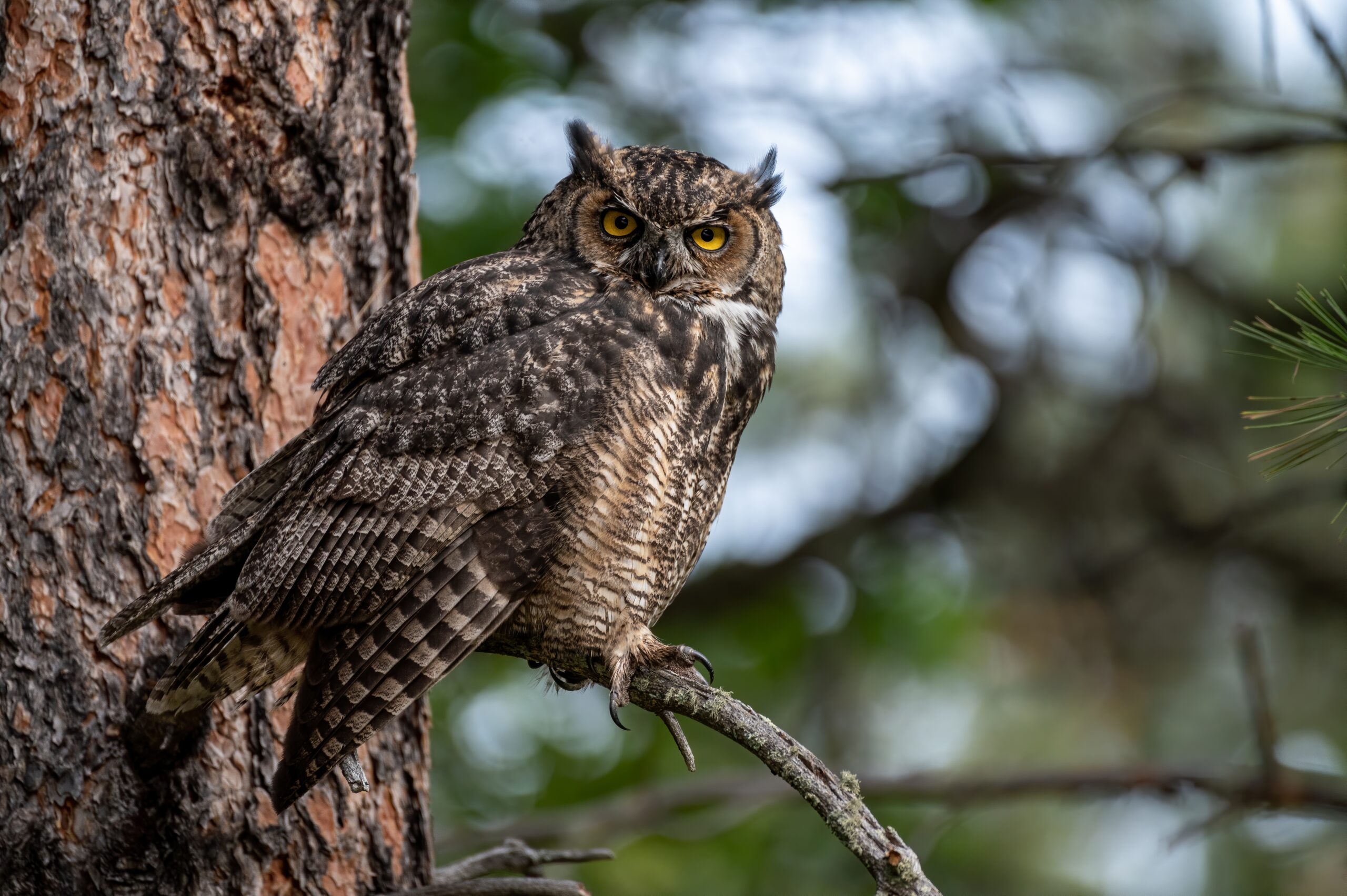Arthur R. Marshall Loxahatchee National Wildlife Refuge is one of the largest wildlife refuges in the nation with more than 145,000 acres of land where you’re able to reconnect with nature. The Refuge is home to an immense variety of wildlife, including 257 species of birds. In this blog post, we’ll inform you about some of the animals you might be able to spot during your visit.
The American Alligator
Sometimes referred to as a gator or common alligator, these large reptiles are native to the Southeastern United States. The average adult male grows to be around 11.2 feet long and 800 pounds. The average adult female grows to be around for a female is 8.2 feet and 200 pounds.
The Endangered Everglades Snail Kite
Protected by the Federal Endangered Species Act, these birds of prey have a very particular appetite. They feed almost exclusively on apple snails, which are captured near or on the water’s surface. These birds often inhabit shallow freshwater marshes and shallow grassy shorelines of lakes.
Bobcat
About twice the size of a house cat, Bobcats are identifiable by their short tails (or bob) and the fringes of fur that outline the sides of their faces. They are extremely stealthy animals and not usually seen. Catching even a fleeting glimpse of this secretive and beautiful creature can make anyone’s outdoor experience more enjoyable.
Everglades Pygmy Sunfish
These fish often have embedded scales on top of the head and dark brown lips, and the head and body are light to dark brown with many black specks and spots. They hunt and eat water fleas, copepods, amphipods, isopods and snails and only grow to a maximum of 3 to 4 centimeters.
Great Horned Owl
With its long, earlike tufts, intimidating yellow-eyed stare, and deep hooting voice, the Great Horned Owl is the quintessential owl of storybooks. They can fly up to 40 mph and have a wingspan of 4.6 feet.
Io Moth
These moths are one of our most recognizable, due to its prominent hind wing eyespots. The name Io comes from Greek mythology in which Io was a mortal lover of Zeus. These moths have wingspans of 50-80 mm (approx. 2-3⅛ in.)
Limpkin
The limpkin, also called carrao, courlan, and crying bird, is a large wading bird related to rails and cranes. This heron-sized bird has a heavy body and long neck and legs. Their bills are long, fairly thick, and curve slightly downward. Limpkins can grow up to 28 inches with a 42 inch wingspan.
Canada Warbler
These birds fly more than 3,000 miles from their wintering grounds in South America to their breeding grounds in the United States every year. They’re sometimes referred to as the “necklaced warbler” thanks to the bold black necklace that they wear across the chest.
Green Tree Frog
Green Tree Frogs are small and shy, as well as nocturnal, so you’re more likely to see them at night in quiet areas. They are smooth-skinned, usually growing to about 1 to 2.5 inches long. These brightly colored frogs prefer to sing right before it rains and some people say they are the best weather forecasters around!
Short-tailed Hawk
A sharply marked, trim raptor of subtropical woodlands, these hawks are often seen soaring high in the sky, scanning for prey. They mostly eat birds ranging from Mourning Doves to Sharp-shinned Hawks. They will also occasionally eat snakes, lizards, tree frogs, rodents, insects.
Florida Sandhill Crane
The Florida sandhill crane is a non-migratory year-round breeding resident. They are long-legged, long-necked, gray, heron-like birds with a patch of bald, red skin on top of their heads. The oldest Florida Sandhill Crane fossils are estimated to be 2.5 million years old and there are now estimated to be around 5,000 left in Florida today.
Roseate Spoonbill
These gregarious wading birds of the ibis are bright pink. They get their pink coloration from the crustaceans and other aquatic invertebrates they eat. They grow to around 32 inches and have a wingspan of 50 inches.
Eastern Box Turtle
The Eastern Box Turtle is one of six extant subspecies of the common box turtle. The vivid, orange and yellow markings on its dark brown shell distinguish it from other box turtles, as do the four toes on its hind feet. They generally live for 25 to 35 years but some have been found to live over 100 years.
Wood Stork
The Wood Stork is one of Florida’s signature wading birds, a long-legged, awkward-looking bird on land that soars like a raptor in the air. These birds reach a length of 35-45 inches with a wingspan of 60-65 inches. Wood Storks are protected as a Threatened species by the Federal Endangered Species Act.
Atala Butterfly
Atala butterflies have a rare appetite for the cycad Zamia integrifolia, from which the caterpillars sequester a bevy of protective toxins. Once thought to be extinct, these butterflies are making a comeback thanks to the popularity of its host plant in Florida landscaping. With a velvety black surface and turquoise shimmer on the dorsal side of its wings, you won’t want to miss out on seeing them.
This list just touches the surface of the wildlife that can be found on the refuge. On your visit, you can see over 250 species of birds, 60 species of reptiles and amphibians, 40 species of butterflies, and 20 types of mammals.
Visitors frequently see alligators, bobcats, white-tailed deer, along with a variety of bird-life including sandhill cranes, pileated woodpeckers, herons, egrets, wood storks and the federally endangered snail kite. Learn more about visiting, today: https://loxahatcheefriends.com/arthur-r-marshall-loxahatchee-national-wildlife-refuge/



